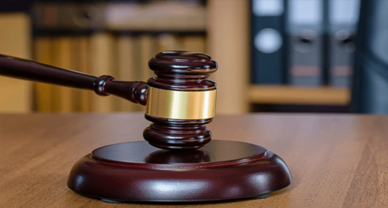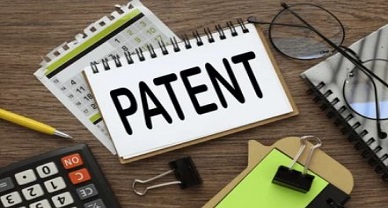Incentivising Patents: The Curious Case of Government Subsidy
The concept of subsidies is a rather mysterious one with varying objectives to achieve. The foundation for which is based on the desire to make citizens aware of the entire process of registration and protection. China, through its policy of subsidies, became the global leader in the patent filing.[1] Though, not all that is intended to be noble ends up the same way as expected. Over the years these subsidies have been leading to a lot of fake applications and repeated registrations thereby increasing the workload of trademark offices in various jurisdictions. Adverse implications of wide-scale subsidies have to lead many of the countries to eliminate flaws by revamping their IP regulation system.
The Chinese regime distributes patents in three categories, invention, utility, and design, with inventive patent being of the highest innovative quality. This classification is not a widely accepted one and is majorly used by China. The subsidy provided varies with respect to the type of patent (invention/utility/design) and whether the application is domestic or in a foreign country.[2] China’s patent fund policy includes a general preferential policy and a separate fund for patent supported by local governments. As per the preferential policy, any applicant in need has the right to apply to the State Intellectual Property Office for reduced or postponed patent fees. In order to encourage domestic applicants to actively apply for patents abroad, the Chinese Ministry of Finance has set up special funds.[3] In the other type of policy, a cash subsidy is provided by local governments on successful IP registration.
Similarly, in the Republic of Korea, the Korean Invention Promotion Act provides for payment of government subsidies to reward individuals or corporations who obtain patents. The KIPO Centre for Overseas Protection of IPRs protects the interest of Korean companies that possess patent rights in foreign countries. The Centre subsidizes costs faced throughout the legal process and also provides free advice. KIPO also provides free legal aid services for those who cannot indulge in legal hassles.[4]
In China, every city has a different system of subsidies. In Shanghai, for international applications, a subsidy of CNY 30,000 is provided to each invention patent application for each country. In addition, each applicant is allocated CNY 1,000,000 international patent funds per year. In Beijing, a subsidy of CNY 10,000 shall be given in the international stage and CNY 10,000 shall be given in the domestic stage of the foreign country. Also, if an applicant fills more than 10 international patent applications within one year, from the 11th application, each piece of granted invention patent within this year shall be given an extra subsidy of CNY 10,000.[1] Many private entities file patents just to get access to the government subsidy and not because of the need for protection. A cascading effect of the same has been observed in trademark filing, wherein various e-commerce agents file multiple trademark applications for a similar entity, just to get access to the subsidy or to have the trust of the platform they are operating in.
In the race to register the most number of patents, there has been an exponential increase in junk applications. These applications are of no use to the industry and do not add anything new to the field. The China National Intellectual Property Administration (CNIPA) with its notice has taken steps to revamp the existing structure by bringing in more conservative regulations. The notice implements a check on repeated requests for patent subsidies at multiple levels and also the amount of subsidy to be granted. But, not much has been done with regards to international patents. The maximum subsidy is fixed at around 7100 USD for overseas patents, which can be subsidized for in five other countries.
The system of incentivizing the filing of patents has a lot of positive effects like increased investment in research and development and a rise in SMEs. Rather, on the contrary, most of the subsidy amount is used in subsidizing trivial technologies and designs. China might be the Country with most no. of patent applications, but the quality of these applications is still questionable. To counter this problem, a shift has to be made from general subsidies to targeted subsidies. Similar practices are observed in the States, the United States Patent and Trademark Office only offers a small entity discount of 50 percent on fees. Thus, a more structural patent regulations system, with maintained databases and targeted focus will create a better environment for innovation and research.
Author: Abhishek Tripathy, Institute of Law, Nirma University (IV Year) Intern at Khurana & Khurana, Mumbai. , Intern at IP and Legal Filings, and can be reached at support@ipandlegalfilings.com.

